Chinese scientists have synthesized the first complete spider silk fiber from genetically modified silkworms, which is stronger than "most natural and synthetic fibers" such as Kevlar.
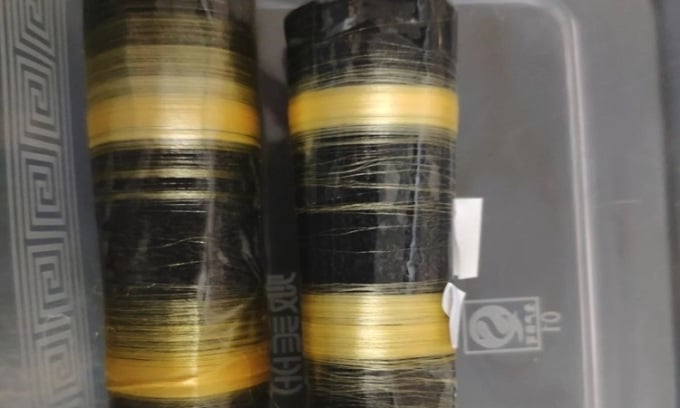
Spider silk produced by genetically modified silkworms. Photo: Mi Junpeng
In a study published on September 20 in the journal Matter, scientists at Donghua University in Shanghai reported that spider silk fibers have both high tensile strength and exceptional toughness. The toughness of spider silk is six times greater than Kevlar and the tensile strength (ability to withstand tension when stretched) is higher than nylon. Mi Junpeng, the study's lead author, said the new fibers have many applications, including surgical sutures, bulletproof clothing, smart materials and aerospace technology.
The team used the CRISPR-Cas9 gene editing tool to genetically modify silkworm eggs by adding a gene for spider silk proteins. This modification caused the silkworms’ eyes to glow under a fluorescence microscope. To ensure that the genetically modified silkworms produced spider proteins, the researchers first needed to better understand the structure of silk. They used a model of silk structure that had been successfully tested in experiments.
One of the big challenges, according to Mi, was figuring out how to “localize” the spider proteins so they could interact with the silkworm proteins. Modeling allowed them to better understand what modifications needed to be made to ensure effective integration. Additionally, Mi said, collecting successfully modified silkworms was also a challenge, as it took up to 100 eggs to get a few transgenic silkworms. Silkworms also required regular care because they “feed multiple times a day.”
Spider silk is environmentally friendly, stronger and more flexible than synthetic fibers such as nylon and Kevlar, which require high energy to produce and pollute the environment. Spider silk is also stronger and less brittle than natural silk produced by silkworms. But large-scale production of spider silk is difficult because spiders are cannibalistic and cannot be raised side by side in large numbers.
Artificial spider silk is not ideal because even the most advanced production methods cannot fully mimic the natural structure because researchers do not fully understand the mechanism of silk spinning. Silk also has a natural protective cuticle that cannot be simulated artificially. Glands in silkworms and spiders also have similar characteristics, so the silk produced by the research team retains its structural characteristics and protective layer.
In the future, Mi and colleagues will use synthetic amino acids to modify the silk and produce more durable versions.
An Khang (According to SCMP )
How was silk invented? , Hard drives made from silk
Source link


















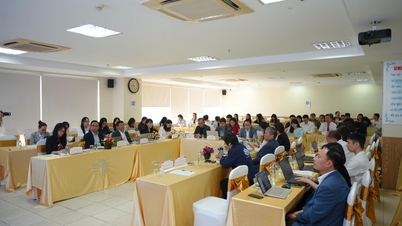

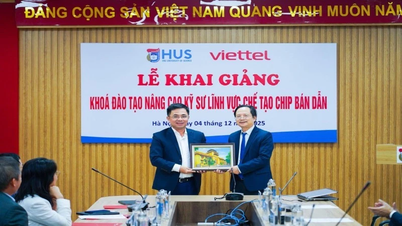




















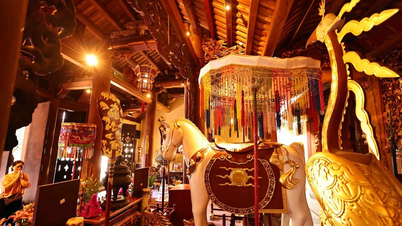












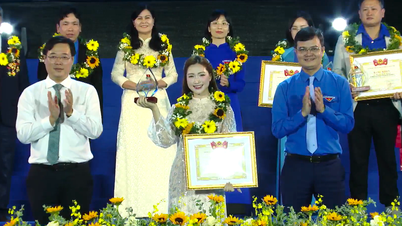












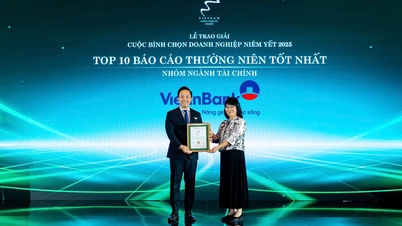



















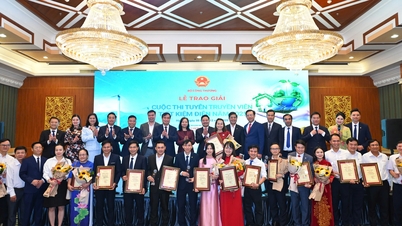





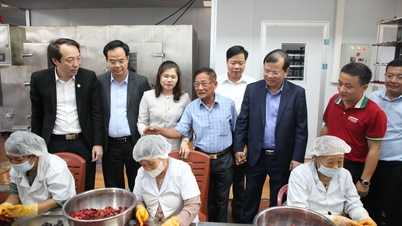






















Comment (0)